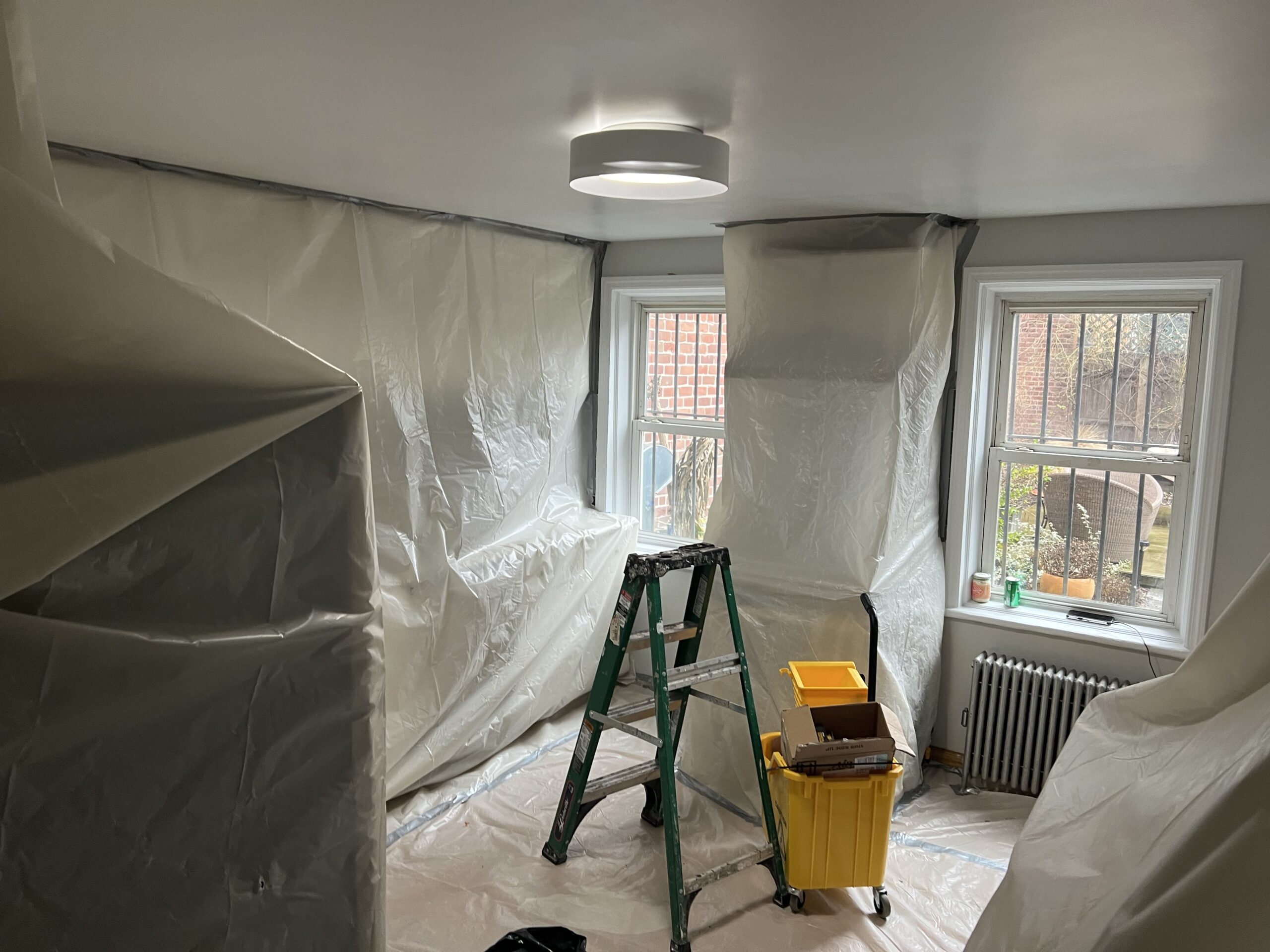Vital Devices and Methods for Efficient Lead Infraction Cleaning
Addressing lead violations efficiently necessitates a comprehensive technique that mixes the right devices with calculated techniques. Concurrently, the usage of specialized cleaning devices, such as HEPA vacuum cleaners and lead-specific cleaning representatives, is vital for thorough pollutant elimination. Reliable control approaches, including plastic sheeting and adverse air pressure systems, are essential to stop the spread of harmful materials.
Individual Protective Tools
Individual protective equipment (PPE) is an important component in the reliable monitoring of lead contamination clean-up. PPE acts as an important barrier, safeguarding employees from the unsafe results of lead direct exposure, which can cause extreme health and wellness effects. The vital PPE for lead cleanup consists of respirators, safety garments, gloves, and eye security. Each kind of equipment is particularly made to minimize various dangers related to lead fragments and dust.
Respirators, particularly those furnished with HEPA filters, are vital for filtering system airborne lead particles, avoiding breathing. Safety clothes, including coveralls and disposable fits, prevents lead dust from adhering to employees' garments, minimizing the danger of second contamination.
Furthermore, strenuous training on the proper use and upkeep of PPE is crucial. Workers must be enlightened on wearing and doffing procedures to avoid contamination. Routine evaluations and replacements of PPE elements are necessary to maintain their protective capacities, making sure a safe and certified cleaning operation.
Specialized Cleanup Devices

One more vital tool is the wet/dry vacuum, which can efficiently tidy up both dirt and fluid impurities. These vacuum cleaners usually include HEPA filters to supply an extra layer of safety. Damp wipes or tack fabrics are additionally important for surface cleansing; they are specifically developed to record and hold lead fragments, lowering the threat of spreading out contamination.
For even more persistent deposits, specialized lead-removal cleansing representatives are called for. These representatives are formulated to break down lead particles, making them simpler to remove. Scrub brushes with tough bristles can aid in this procedure, particularly on rough surfaces where lead dust has a tendency to adhere more strongly.
Furthermore, encapsulants are made use of to seal lead-contaminated surface areas, protecting against the release of lead dust. These specialized paints and finishings are made to follow numerous substratums, providing a long-lasting option for lead containment.
Efficient Containment Techniques
Reliable control techniques are important in alleviating the spread of lead contamination throughout cleanup tasks. Applying durable control methods guarantees that lead particles do not move to unaffected locations, consequently securing both employees and the environment (DOH & HPD Lead Violation Removal NYC).

To boost containment, encapsulants can be used to surfaces that are not being gotten rid of or disrupted. These specialized coatings bind lead dust, minimizing its availability for resuspension. In addition, all personnel must use proper Personal Safety Devices (PPE), including respirators and disposable matches, to stop contamination spread.
Safe Disposal Practices
Making sure secure disposal techniques is an essential component in the monitoring of lead contamination clean-up. Proper disposal minimizes the risk of lead returning to the atmosphere and endangering public health. The initial step is to recognize and segregate lead-contaminated waste from other materials. Safe containment utilizing heavy-duty, watertight containers is necessary to protect against splilling throughout transportation.
Delivering lead waste needs adherence to stringent guidelines. Making use of certified dangerous waste carriers makes sure that the materials are handled see this responsibly. Paperwork, consisting of shows up outlining the type and amount of waste, ought to accompany shipments to track the waste from the website of origin to its last disposal location.
Designated contaminated materials disposal facilities are geared up to manage lead-contaminated materials securely. These centers usually use innovative methods such as stablizing, solidification, or chemical treatment to reduce the effects of the lead prior to disposal. Landfilling in specialized, lined locations that stop leachate from infecting groundwater is a common method for last disposal.
Routine training for employees associated with lead garbage disposal is essential to maintain safety standards and avoid unintentional direct exposure. By adhering to these techniques, organizations can substantially minimize the ecological and wellness impacts related to lead contamination.
Regulatory Conformity Tips

Following regulative conformity is vital in the successful implementation of lead contamination clean-up. Understanding and following government, state, and local laws guarantees not just the security and health of people but also the lawful and financial wellness of the cleaning company. The Environmental Defense Firm (EPA) see this establishes strict standards, such as the Lead Improvement, Repair Service, and Painting (RRP) Guideline, which mandates proper accreditation and training for specialists managing lead-based activities.
Compliance starts with a complete analysis of suitable legislations and laws. Organizations has to remain updated on any type of legislative changes, which can be assisted in through regular training sessions and registering for market updates. Paperwork is one more vital conformity aspect; keeping detailed documents of all tasks, including evaluation reports, worker training Click Here logs, and disposal materializes, is important.
Furthermore, engaging with certified lead assessors or risk assessors ensures that lead risks are appropriately determined and minimized. Employers have to enforce using Personal Protective Equipment (PPE) and guarantee that safety procedures are strictly adhered to. Transparent communication with stakeholders, including employees, customers, and governing bodies, will foster a culture of compliance and accountability, ultimately adding to a more secure and a lot more reliable lead cleaning procedure.
Final Thought
Reliable lead violation clean-up necessitates the combination of specialized devices and strategic methods to make sure security and efficacy. Personal protective devices (PPE) safeguards employees from exposure, while secure disposal practices and rigorous adherence to governing conformity are necessary for sensibly handling unsafe waste.